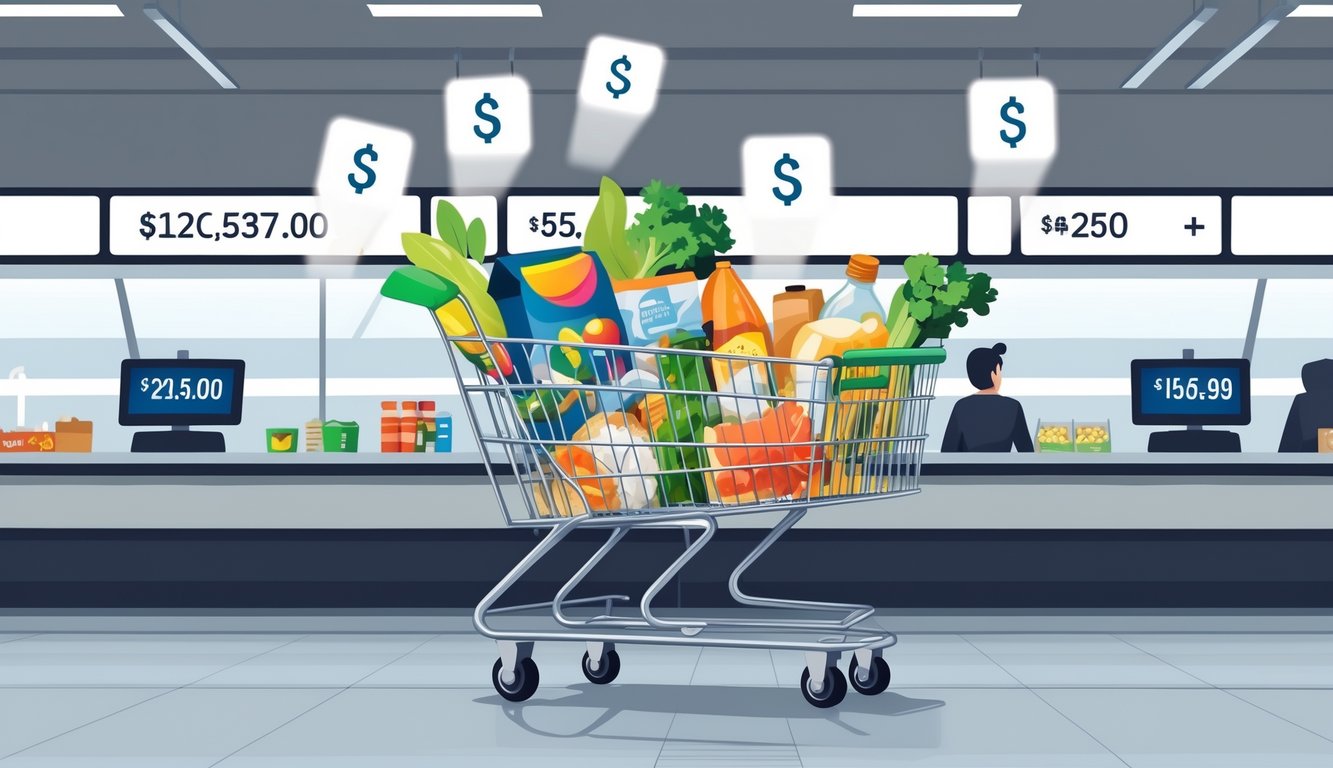
Encouraging Conversions Through Value and Trust
There’s always that moment—cart total creeps up, a random discount flashes, new review widgets appear, but I’m already side-eyeing the “fees may apply” warning. If the incentives feel fake, or it’s just the same old trust checklist, I’m out.
Using Discounts and Discount Codes
I waste so much time hunting coupon codes, sometimes for stuff I don’t even want. That promo field just taunts you if you skip it. Codes are everywhere—last week’s promo email, some influencer’s story, whatever. But if the code fails or smells like bait-and-switch, 48% of shoppers just ditch the cart (Baymard Institute says so, and I believe it). Here’s my unsolicited advice: show working codes in the cart. Don’t make me sign up or dig through my inbox. There’s this weird urge—see a discount box, gotta Google a code, even if you weren’t planning to.
Bundles? I get the appeal: “Buy shoes, get a belt for 10% off.” But honestly, most people just want free shipping. If I see a shipping charge at the end, I bail. Nobody tracks how many carts die for want of $5 off shipping. Show me a table of what I’m saving, side-by-side—like this:
| Item | Original Price | Discount Code | Final Price |
|---|---|---|---|
| Sneakers | $70 | SUMMER10 | $63 |
| Standard Shipping | $8 | FREESHIP | $0 |
Simple, not that fake urgency pop-up that says “FLASH SALE ENDS NOW!” and resets every time I reload. Everyone sees through that, right?
Showcasing Social Proof and Customer Service
Scrolling for jeans at midnight, I see 2,000 five-star reviews on $40 pants. Social proof works, but if every review is “Perfect fit!” with no details, I close the tab. I want real feedback—photos, complaints, “doesn’t fit my calves” honesty. A 4.6 average? Fine. A flawless 5? Nope.
Customer service, though—those live chat bubbles pop up, bots ask if I need help three times, but when I emailed about an expired discount code, it took two days to get a reply and the code was dead by then. Just post your response time (“Replies in 2 hours!”) and stop hiding. Some stores let you see verified purchase badges or mark helpful answers. Stylitics’ checkout recommendations are about showing actually relevant stuff, not dumping “People also bought…” at random.
If customer service and reviews look staged, I’m gone. But if you answer real questions, admit product flaws, maybe link to a support article or even a competitor, suddenly I might buy—almost by accident.
Technical Factors Influencing Checkout Experience
What drives me insane? When my full cart just stalls or vanishes behind some laggy, broken button right as I’m ready to pay. From the second you land on a product page, it’s a mess of load times, redirects, and that jittery “will my card get charged twice?” paranoia.
Site Speed and Performance
That spinning wheel? I nearly threw my phone. If a checkout takes more than three seconds, Kissmetrics says 40% of people leave. Makes sense: lag means something’s broken, so I bail.
Fast sites earn trust. Nothing’s sketchier than waiting for a payment gateway to unfreeze. I doom-scroll Trustpilot looking for “hacked my card” reviews if it lags. Steve Souders (he did site speed at Google before it was trendy) found a one-second delay drops conversions by 7%. If checkout chokes during traffic spikes and loses my cart, I’m out, back to Amazon. Every time.
It’s not just loading, though. Persistent carts—where your stuff stays put when you log in elsewhere—are a lifesaver. Retailers hate talking about it, but Baymard’s 2024 Checkout UX Benchmark tested 130+ sites and most failed at basic stuff.
Optimizing Page Load Times
Image-heavy homepages, endless promo scripts—why? Tried to buy a backpack, but some font library took five seconds. Why load six megabytes of product photos before I can check out? None of that helps if the checkout button won’t even render on mobile.
“Optimize page speeds” is old advice, but almost nobody listens. I like Google’s PageSpeed Insights, not that anyone cares when the grades are bad. When a store finally ditches useless scripts or lazy-loads images, my cart stops vanishing. Not rocket science—just load what matters for checkout. Everything else is wasted bandwidth.
Testing on a real phone (thanks, Dave, Shopify guy) always finds stuff broken by desktop-only scripts. He says nobody cares about homepage carousels if checkout lags, and, yeah, that checks out.
One-Page and One-Click Checkout Options
What do I want? A one-page or one-click checkout. Cashierless, frictionless, whatever you call it—just let me pay. CartBoss says streamlined flows boost repeat buyers and conversions. Of course they do. Nobody likes typing their address twice.
I doubted it, but after using Apple Pay, now I groan at multi-step forms. My patience is gone. Baymard’s research shows every extra field drops conversions. More forms, more drop-offs. And still, brands force weird phone verifications or loyalty signups mid-checkout—never seen that work. One-click isn’t perfect (I’ve been double-charged once), but it’s as close to “don’t lose the sale” as you get.
If a store doesn’t offer guest checkout, let alone one-click, I question their whole operation. If you’re not using Shop Pay, Bolt, or PayPal’s one-touch, what’s left—Venmo QR codes on your monitor? The gap’s real. People who don’t fix it just lose money.
Best Practices for Ecommerce Businesses
If I’m skipping over payment systems or that one time I got nailed with $35 in “service” fees (for socks!), it’s because the real trust killer in e-commerce isn’t design or product photos—it’s those sneaky sub-totals and random charges that make me either buy or rage-quit.
Transparent Pricing Policies
Ever fill your cart with three discounted hoodies and suddenly checkout looks like your mortgage doubled? Hidden fees, surprise taxes, “processing” charges—none of it mentioned up front. Transparency isn’t just a word—Shopify’s 2024 checkout guide literally says “unexpected fees are the reason 48% of carts are abandoned.” Seems obvious, but here we are.
I’ve grilled Shopify Plus consultants about this. Both said, “Just be brutally honest.” Show VAT or eco-fees in the cart. Don’t sneak them in at the end. I even highlight estimated totals in red on my own store’s cart, because people want fast math. If you localize promos or shipping rates, Convertcart’s checkout tips say conversions go up when everything matches the shopper’s location—no “estimated at shipping” nonsense.
Clear Return and Shipping Policies
Returns. Nobody brags about their refund policy unless it actually helps. Cart abandonment jumps 20% if return or delivery costs pop up after you pay. I had a client bury “no returns on swimwear” on page seven—support calls doubled, reviews tanked, even their supplier called to ask if they’d lost their minds.
Shipping confusion kills loyalty. If you don’t show shipping options clearly (side-by-side tables, or at least a one-click estimator), you’re begging for complaints. CartBoss says mobile users especially want shipping and return rules as visible as the price. If you hide long delivery windows or restocking fees, at least let people see them before checkout—not after.
Leveraging Customer Support Channels
Customer support: sometimes it’s a dusty email, sometimes a “live chat” bot that just spits FAQs. The best stores? They put real humans front and center. I saw a mid-sized store triple conversions after adding 24/7 live chat, not because people needed help paying, but because they wanted fast answers about returns and “what’s this fee?”
I’ve handled dozens of angry DMs from people shocked by weird “service” charges. Embedding live chat or a real phone number during checkout—especially with itemized totals—cuts confusion and refunds. Shopify’s checkout guide and, honestly, common sense say trust means support that’s visible when you need it. Why don’t more stores put a chat bubble next to the subtotal? Maybe some folks just like refunds more than repeat buyers.



